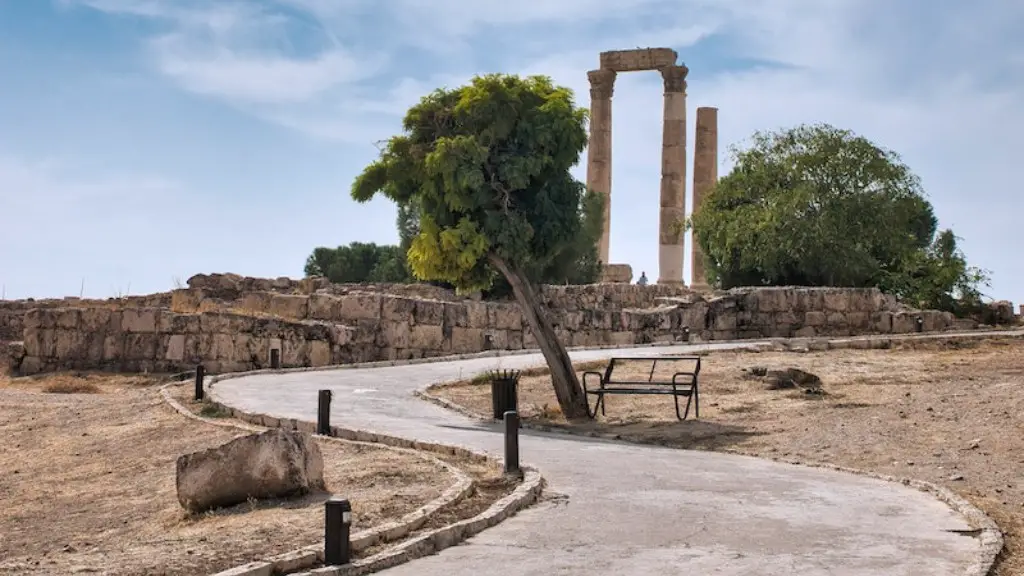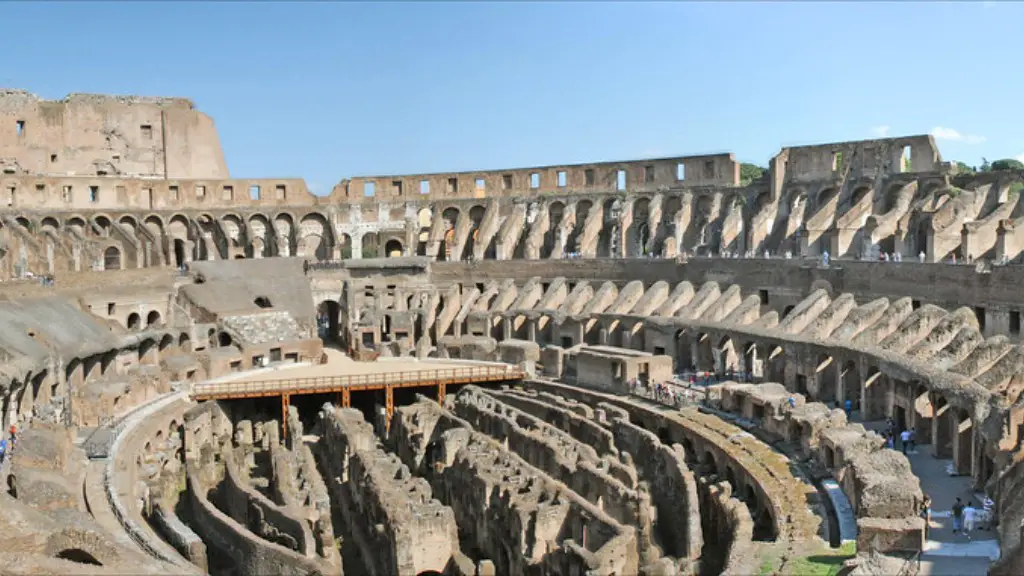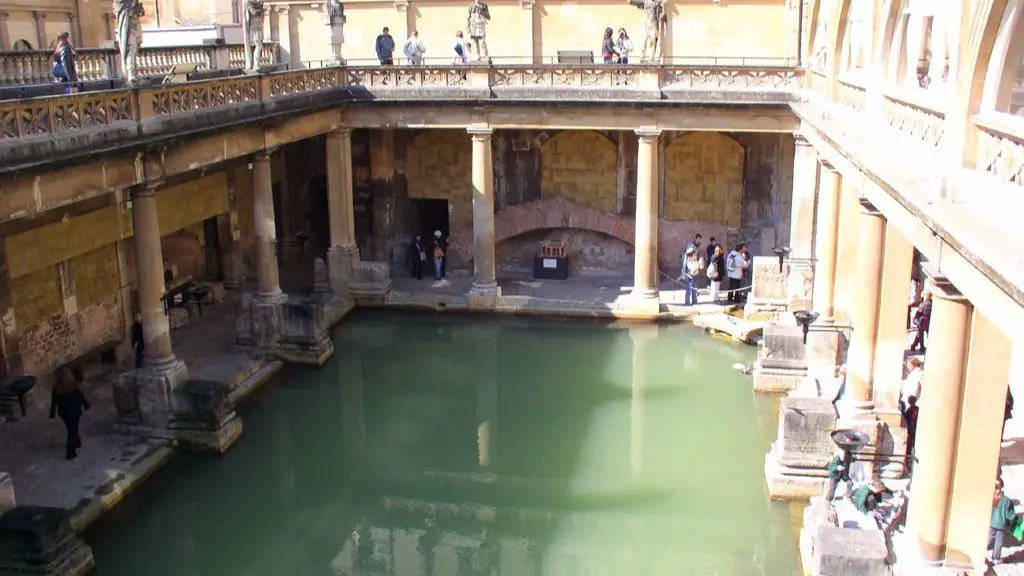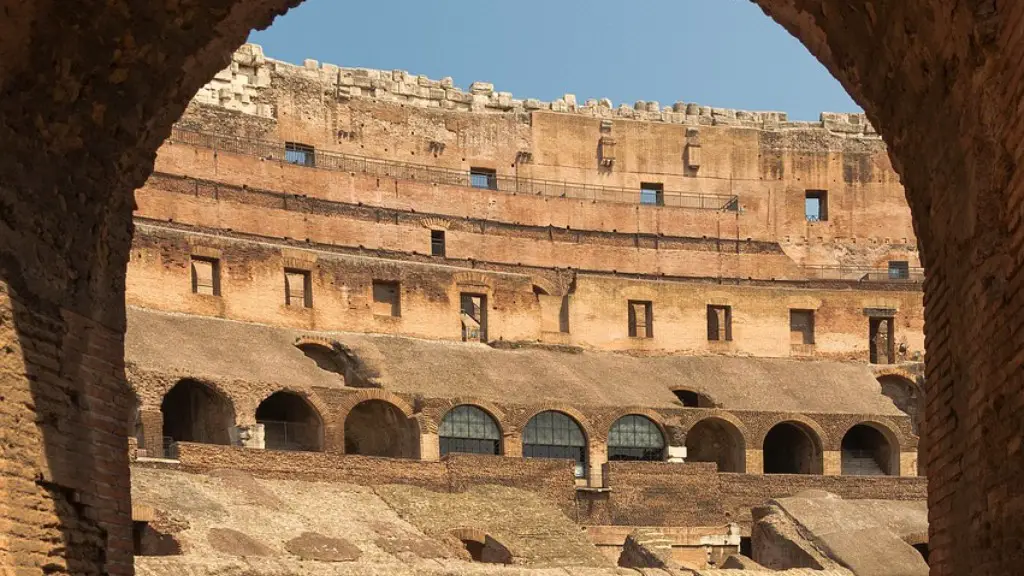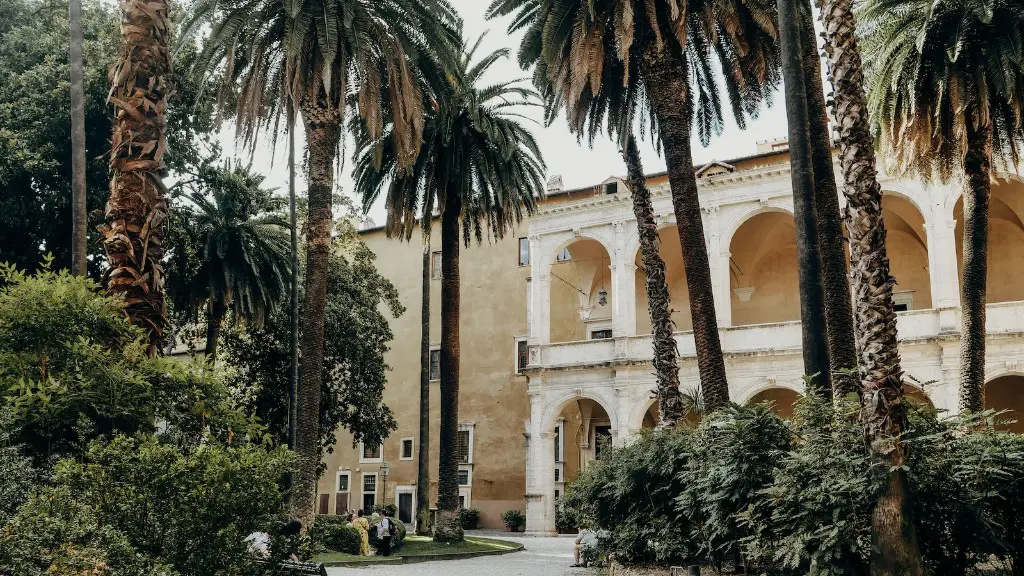Religious Life
Ancient Rome was a polytheistic religion, meaning the early Romans believed in, worshipped, and gave offerings to multiple gods and goddesses. These gods, goddesses, and other divine figures were generally associated with natural phenomena such as thunder, lightning, or the sun, or with agricultural and social dynamics such as fertility and war. Though there were undoubtedly many types of religious practices, the most prevalent and most important was the Roman state religion, overseen by a college of highly influential priests known as the Pontifices.
The most important and famous shrine in Rome was the Temple of Jupiter Optimus Maximus on the Capitoline Hill. This massive temple was used primarily to honor the primary Roman gods, particularly Jupiter, and was believed to be the dwelling place of the gods. On the Esquiline Hill, the Temple of Vesta was dedicated to maintaining the sacred flame of the city, and nearby was the Temple of Saturn. The major religion of the Romans also included shrines for the god Mars, located on the Quirinal Hill, and the goddess Diana, located on the Aventine Hill.
Individual citizens often had their own domestic shrines, as well, with altars and shrines dedicated to their own patron gods. Every Roman family also had a Lares, small statues of the gods associated with that particular family. These Lares were not dressed or decorated, often quite plain, but were carefully placed and respected by the family.
Civic Life
The center of Roman civic life was the Forum, a large, sprawling market and meeting place located near the center of the city. Here, citizens came to trade goods, participate in religious rituals, discuss matters of politics and governance, hear speeches and argue cases, or simply hang out. Originally, the Forum was a vast expanse of open space with temporary structures being erected for specific events, such as markets or elections, but over time, increasingly permanent structures began to appear in the Forum, as well.
The Forum was also the center of government. It was dominated by a number of temples and government buildings, including the Senate House, the home of the Roman Senate and the official residence of the emperor. Here, senators debated and voted on laws, while members of the people’s courts argued legal cases.
The Forum also housed the city’s financial institutions, such as the Roman Treasury, and its citizens were only allowed to carry out financial transactions within certain areas of the Forum. Finally, the Forum was home to the great Coliseum, where gladiatorial events and other public spectacles were held. It also housed smaller theatres, where plays, mimes, and other theatrical performances were held.
Social Life
Social life in ancient Rome revolved around the baths. Throughout the city, one could find a variety of public baths. Many of the most luxurious and extravagant of these bathhouses were located near the Forum, and they served as a meeting place for citizens looking for entertainment, relaxation, and leisurely discourse. Here, one could find a variety of services, such as massage, hot and cold baths, and even sauna rooms.
In addition to the baths, citizens could also find entertainment at the many public festivals and cultural events that were held throughout the year. For the wealthy, these events were held in elite villas or banquet halls, while for the common people, such events were often held in the Forum or other public spaces. These events ranged from plays and gladiatorial games to chariot races and concerts.
On the other end of the spectrum, ordinary citizens could also find entertainment in the many taverns and inns that dotted the city. Here one could find food, drinks, and people to talk to, as well as plays, music, or simply a corner to sit in and contemplate life.
Financial Life
Though the official currency of Rome was the silver denarius, Roman citizens had other ways of exchanging and trading goods and services. Agricultural goods were sold in the Forum, and tax receipts, market booths, and trading shacks could be found throughout the city. Ancient Rome also had a number of major banks and money lending institutions, though most of these were owned privately by wealthy individuals or families rather than the state.
The city’s trade and commerce was also largely regulated and overseen by the government. All imports and exports were subject to tariffs, and price control laws were in place to protect consumers and small businesses from exploitation. Furthermore, the government maintained an extensive network of roads, waterways, and ports, making it easier for merchants to transport their goods and services throughout the Roman world.
Cultural Life
Rome was a major center of culture. Many different forms of art, literature, and music flourished in the city. Temples, public monuments, and sculptures were erected throughout the city to honor the gods and important figures. Meanwhile, educated citizens could often be found discussing philosophy, science, and other forms of intellectual pursuit.
The city also drew inspiration from its numerous conquered territories, which brought a variety of different cultures and art styles to the city. This allowed Roman citizens to see and experience works of art from all over the Mediterranean, along with traditional Roman artwork.
The city also had many famous authors and poets, such as Ovid, Horace, and Virgil. And the city’s many theatres allowed them to present their works to the general public. It was even said that a play by Virgil in the first century BC drew far larger crowds than any gladiatorial game.
Sports Life
As athletisim rose in popularity among the Roman citizens, various sports and games began to emerge. Wrestling, boxing, and chariot racing became popular activities amongst the wealthy, with high price bets placed on the outcome of various sports and games. The Greek-style Olympic Games were also held periodically throughout the cities, and a range of other sporting activities such as running, javelin throwing, and discus throwing were regularly played by the public.
Of course, one of the most popular and iconic forms of sporting entertainment in Rome were the gladiatorial games. Spectators gathered in droves to watch two gladiators fight each other to the death in the Coliseum, with winners often awarded with glory and prizes. While these brutal events were controversial to some, there’s no doubt that they provided citizens with engaging entertainment.
Political Life
The political life of Ancient Rome was centered on the Senate. The Senate was made up of 300 elected representatives from Rome’s rich and influential families and was headed by two elected consuls. The Senate was the most powerful political body in the city and their decisions could not be overturned by the people or even the emperor. The Senate met in the Senate House, where they made laws, debated current issues, and heard appeals from citizens. It was also the site where the emperor was given absolute power over the city and where major decisions, such as declarations of war, were decided.
In addition to the Senate, the people of Rome also had a voice in the political process. The people elected a variety of elected representatives, including magistrates and governors, as well as elected judicial tribunals. Voters could also join their local assembly, which formed the city’s legislative body, and submit petitions and put forward suggestions for laws and other public measures. Ultimately, it was the people who had the final say in who would lead the Senate and the city’s government.
Military Life
Rome was an empire of immense military power and its army was renowned throughout the world. Each citizen was expected to serve in the military for a period of time, beginning at the age of 16, and the soldiers were promised a number of rewards for their service. The Roman army was organized into legions, each commanded by a single commander, and each legion was responsible for protecting a certain region of the empire.
Legions were also responsible for the empire’s expansion, and they often ventured far away from Rome to conquer new lands, people and resources. The armies also performed a number of other important functions. For example, they were responsible for maintaining law and order, building roads and public works, and providing protection to citizens. In addition, the Romans made use of a number of different military technologies, such as siege engines, catapults, and battering rams.
Though it wasn’t always peaceful, the military life of the Roman Empire was essential in governing and defending it. Rome’s military might enabled it to thrive and conquer new lands, creating a vast, powerful and influential empire.
